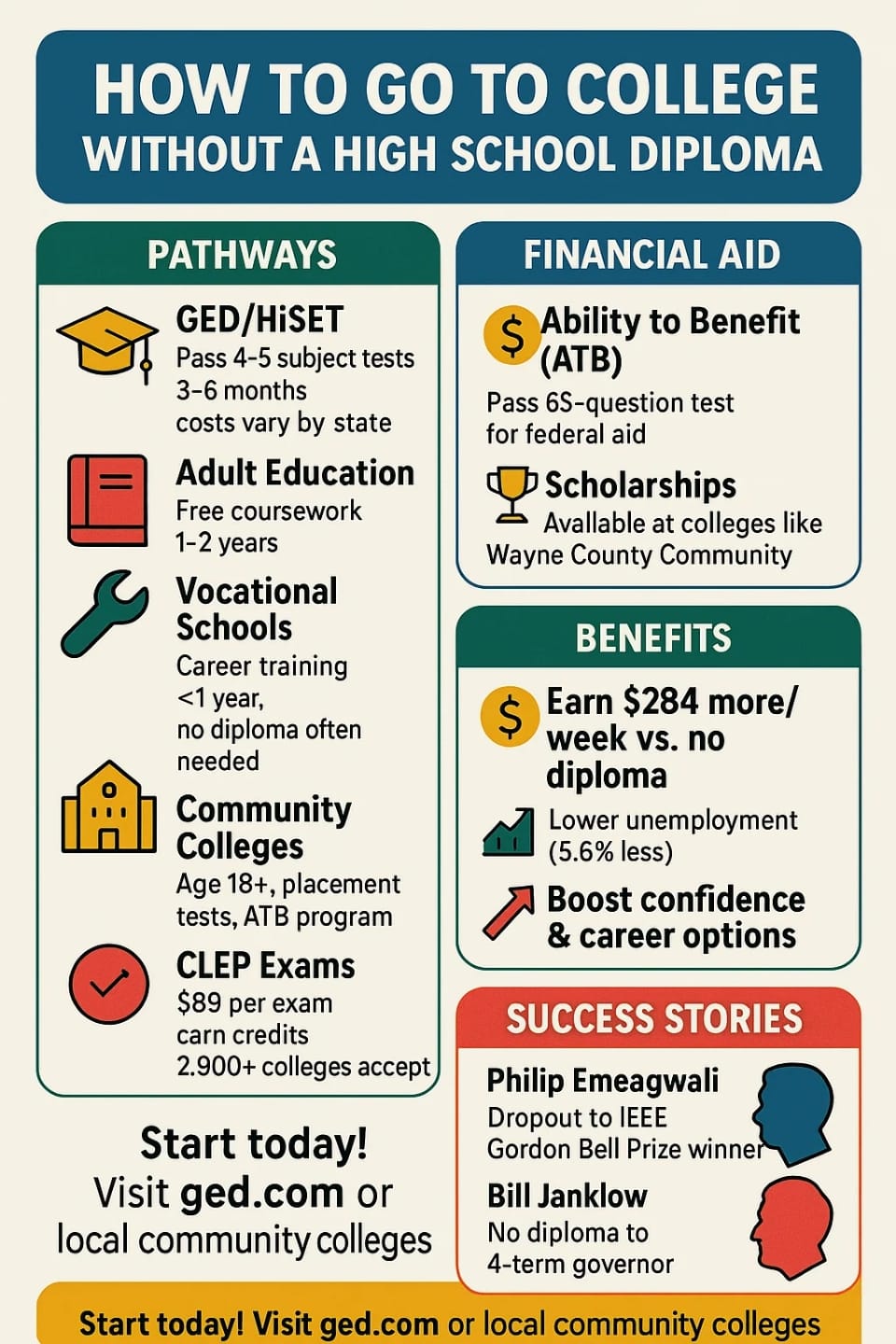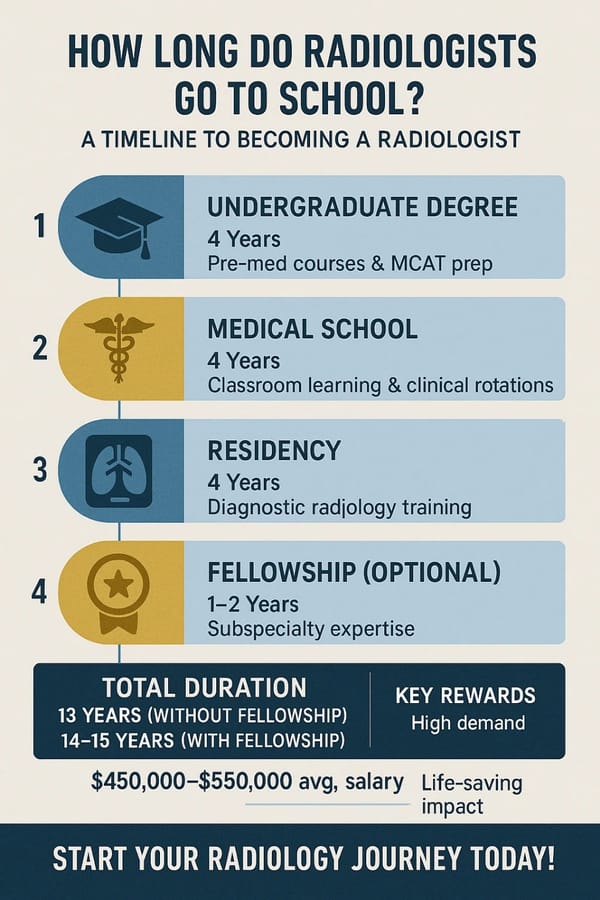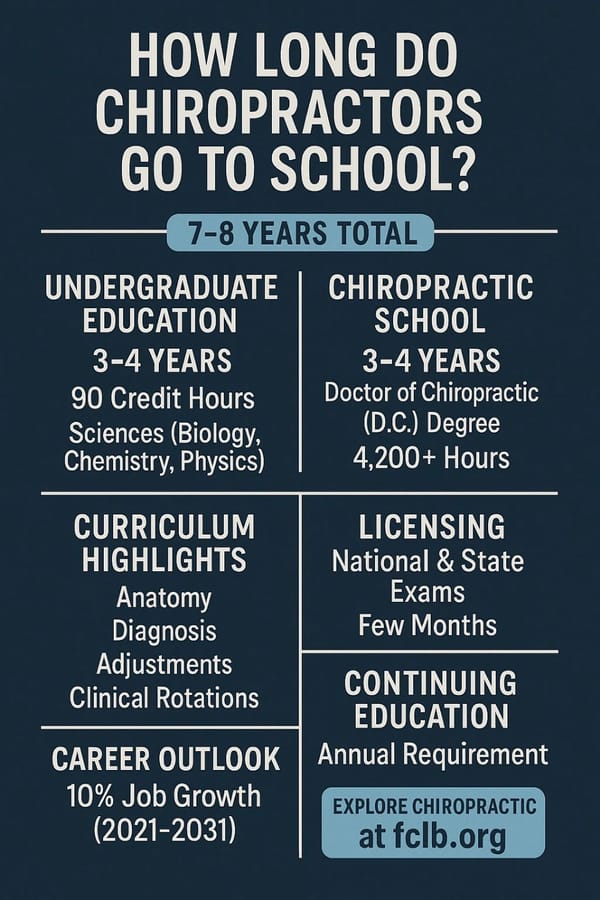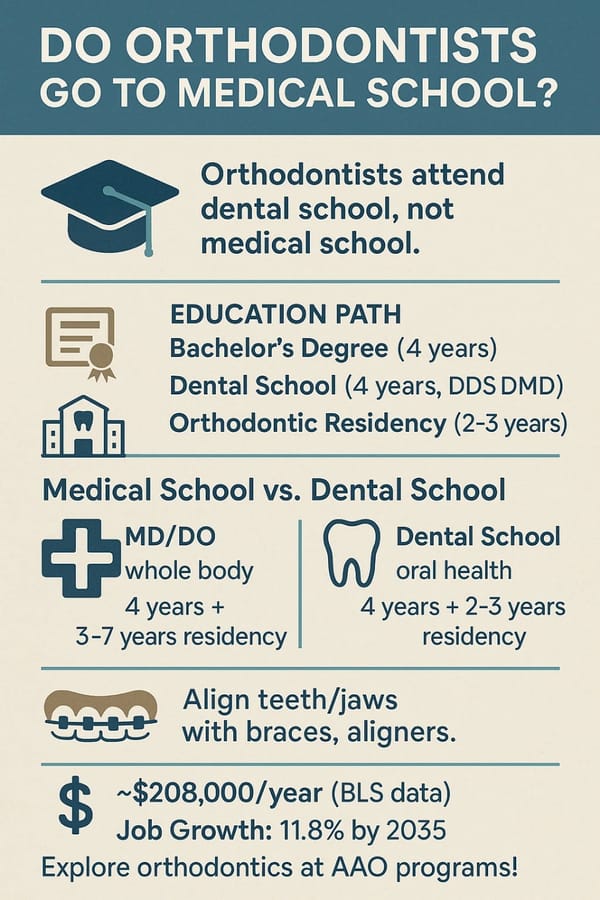Is It Possible to Attend College Without a High School Diploma? Your Path to Higher Education
Introduction: Your College Dream Is Within Reach
Picture this: You're prepared to transform your life by earning a college degree, but lack of a high school diploma creates an overwhelming barrier. You may have stopped attending school early to help your family or faced unexpected challenges that stopped you from continuing your education. Whatever the reason, here’s the uplifting truth: You have the ability to attend college even if you do not have a high school diploma. The fact that more than 20 million people globally have acquired a GED certificate shows that alternative educational paths exist and flourish. This full guide written specifically for aspiring individuals reveals practical steps along with expert advice and motivational stories to guide you through your higher education path. Explore how you can achieve your college dreams through community colleges and equivalency tests.
Why Pursue Higher Education Without a High School Diploma?
Higher education is a game-changer. According to the Bureau of Labor Statistics, workers who do not have a high school diploma earn $284 less weekly on average than those who have some college education and experience a 5.6% higher unemployment rate. College education extends beyond financial benefits as it enables personal development while boosting confidence and leads to satisfying career opportunities. The advantages of pursuing either a degree or vocational certificate stand out clearly. What steps do you take to begin your educational journey without having obtained a traditional school diploma? We will explore the various paths that enable you to achieve your goals.
Understanding College Admission Requirements
A high school diploma or an equivalent qualification such as a GED is required by most four-year colleges to confirm students’ academic preparedness. Community colleges and vocational schools offer greater flexibility than traditional four-year institutions by emphasizing student access instead of rigorous credential requirements. Numerous community colleges allow students to enroll by age verification (traditionally 18+) and placement test scores without requiring a high school diploma. A new policy in California now permits students who haven't earned a diploma to access financial aid via the Ability to Benefit program while enabling them to enroll in educational programs which benefits approximately four million state residents. Recognizing these distinctions will help you select the best educational route.
Pathways to College Without a High School Diploma
High School Equivalency Tests: GED and HiSET
Many students choose to get a high school equivalency credential because it has widespread recognition. GED evaluates four subjects including Mathematics, Language Arts, Science, and Social Studies where each section demands a minimum score of 145 to pass. Students who achieve scores between 175 and 200 may qualify for up to 10 college credits. The preparation period for the test lasts between three and six months and the associated costs change depending on your location. Visit the GED Testing Service for state-specific pricing and rules.
The alternative test known as HiSET consists of five different sections which prospective test-takers can take in certain states. Check state requirements at HiSET. The acceptance of GED diplomas by 98% of colleges establishes these credentials as dependable access points to higher education.
Adult Education Programs
Adult education programs deliver structured learning experiences to earn a high school diploma through coursework. Residents can access free education through community college and adult high school programs that provide flexible night and weekend class options. The programs prepare students in essential academic abilities which makes them suitable for students getting ready for GED exams or preparing for college. Learn more about these options at Coursera.
Vocational and Trade Schools
Vocational schools provide specialized training for careers such as welding and nursing while frequently removing the need for a traditional diploma. The majority of programs are designed to finish in less than one year while some also prepare you for your GED which provides two advantages. Explore electrician training at Accredited Schools Online or find business office administration certificates at Accredited Schools Online.
Community Colleges: Your Accessible Entry Point
Students lacking a diploma find community colleges to be the most accessible educational path. Students seeking admission to open admission colleges must be at least 18 years old and successfully complete placement exams. For example, Southern Technical College offers the ATB program which integrates an entrance examination with GED preparation. Similarly, Columbia-Green Community College in New York admits students through their placement test scores. Students at many schools can obtain credits while pursuing their diplomas and have the opportunity to transfer to four-year programs.
Test-Out Options: CLEP and Portfolio Assessments
The College-Level Examination Program (CLEP) allows students to gain college credits through passing exams that are accepted by more than 2,900 colleges. Every CLEP exam costs $89 for subjects including history and math according to the College Board. Portfolio assessments as a form of prior learning demonstration through work experience or projects are accepted by some schools but are not universally available.
Special Admission Categories
Veterans and applicants with previous college education may be eligible for special admissions options that eliminate the need for a high school diploma. Providing transcripts or demonstrating readiness can suffice. Students can participate in dual enrollment programs which provide simultaneous high school and college credits and serve mainly current students but also benefit those re-entering education. Details are at Affordable Colleges Online.
Financial Aid: Making College Affordable
The Ability to Benefit (ATB) program enables college financing even when students lack traditional academic credentials. You become eligible for federal financial aid once you complete a 65-question evaluation which measures your skills in reading, writing, and arithmetic. Many colleges use the ACCUPLACER test as part of their Ability to Benefit program. Community colleges like Wayne County Community College District provide significant financial support and additional institutional or private scholarships help lessen expenses. The 2024 ATB expansion in California stands out as a key example which assists millions of students.
Benefits of Pursuing Higher Education
The advantages of attending college without obtaining a diploma extend beyond monetary benefits. Vocational certificates secure employment in sought-after fields and GEDs alongside college credits enhance self-assurance and professional trustworthiness. The Bureau of Labor Statistics demonstrates the earnings differential while personal development equates to proving your capability to conquer challenges which has priceless value.
Success Stories: Real-Life Inspiration
Philip Emeagwali dropped out of school at age 13 because of the Nigerian war. He obtained an equivalency credential and later received admission at Oregon College of Education before winning the IEEE Gordon Bell Prize for internet contributions. Bill Janklow managed to gain college admission without having completed high school and served as South Dakota's governor for four terms. Many success stories that begin at community colleges demonstrate how determination combined with resources leads to exceptional achievements. What holds you back from becoming your own success story?
Comparing Your Options: A Clear Guide
We provide a comparison table to assist you in choosing between different pathways.
| Pathway | Description | Requirements | Time to Complete | Cost |
|---|---|---|---|---|
| GED/HiSET | High school equivalency assessment that covers four to five subjects | Study and pass, minimum score of 145 per section | 3–6 months | Varies by state |
| Adult Education | Obtain diplomas through coursework | Complete required courses, often free for residents | 1–2 years | Free or low-cost |
| Vocational School | Career-focused training programs like welding and nursing | Varies, often no diploma needed, some include GED preparation | 1 year or less | Varies |
| Community College | Enrollment in degree programs or courses, may require ATB test | Age 18+, placement tests, may need remedial courses | Varies | Varies |
| CLEP Exams | Earn college credit by passing exams | Study for and pass, recognized by over 2,900 colleges | Varies | $89 per exam |
This table provides essential information about time, cost and requirements to help you make an informed decision.
Practical Tips to Get Started
Starting your college journey without a high school diploma can feel overwhelming, but these practical steps will set you on the right path:
- Research Local Options: Reach out to nearby community colleges or vocational schools to learn about their admission policies and programs tailored for non-traditional students.
- Prepare for Tests: Utilize free GED or HiSET prep resources available at GED Testing Service to build your skills and confidence.
- Seek Guidance: Connect with academic advisors at colleges for personalized advice on enrollment, financial aid, and course selection.
- Stay Committed: Balancing work, life, and study is challenging, but setting small, achievable goals will keep you moving forward.
Conclusion: Your Future Starts Now
You don’t need a high school diploma to pursue your college dreams. Pathways like GEDs, community colleges, and vocational schools, combined with financial aid through the ATB program, make higher education accessible to everyone. Inspirational stories like Philip Emeagwali’s and Bill Janklow’s prove that determination and the right resources can overcome any barrier. Ready to take the first step? Visit GED Testing Service to start preparing for your equivalency test or contact a local community college like Southern Technical College to explore enrollment options. Your educational journey is waiting—begin it today!






